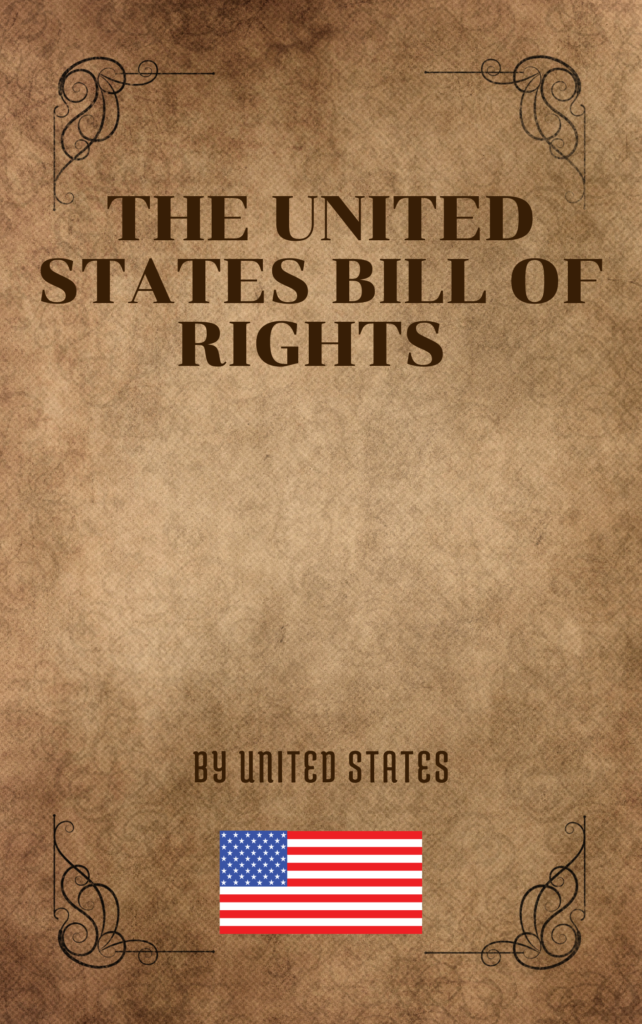
The Declaration of Independence of the United States of America,” authored by Thomas Jefferson, stands as a cornerstone document from the late 18th century, crafted amid the fervor of the American Revolution. It formally declares the intent of the thirteen American colonies to separate from British authority, asserting their inherent right to autonomy and self-governance. Central to this declaration are the philosophical foundations of democracy, particularly the concepts of basic human rights and the social contract between rulers and the governed. Opening with a compelling introduction, it sets forth principles of equality and the inherent rights of individuals to life, liberty, and the pursuit of happiness. The text goes on to list grievances against King George III, detailing his abuses and illustrating the ways he infringed upon the colonists’ rights, thereby justifying their decision to break away. Through this list, the Declaration strengthens the colonies’ rightful claim to independence. It concludes with a solemn proclamation, affirming the colonies as free and independent states, empowered to forge alliances, wage war, and conduct trade on their own terms. The document’s closing passages underscore the signers’ shared resolve, reflecting the colonists’ deep commitment to their newfound liberty.
- Pages: 50
- Published: 1776
- Author: Thomas Jefferson
- ISBN: 0878401431
Groucho Marx Quote
"Outside of a dog, a book is man's best friend. Inside of a dog it's too dark to read."
Groucho Marx | American comedian and actor




